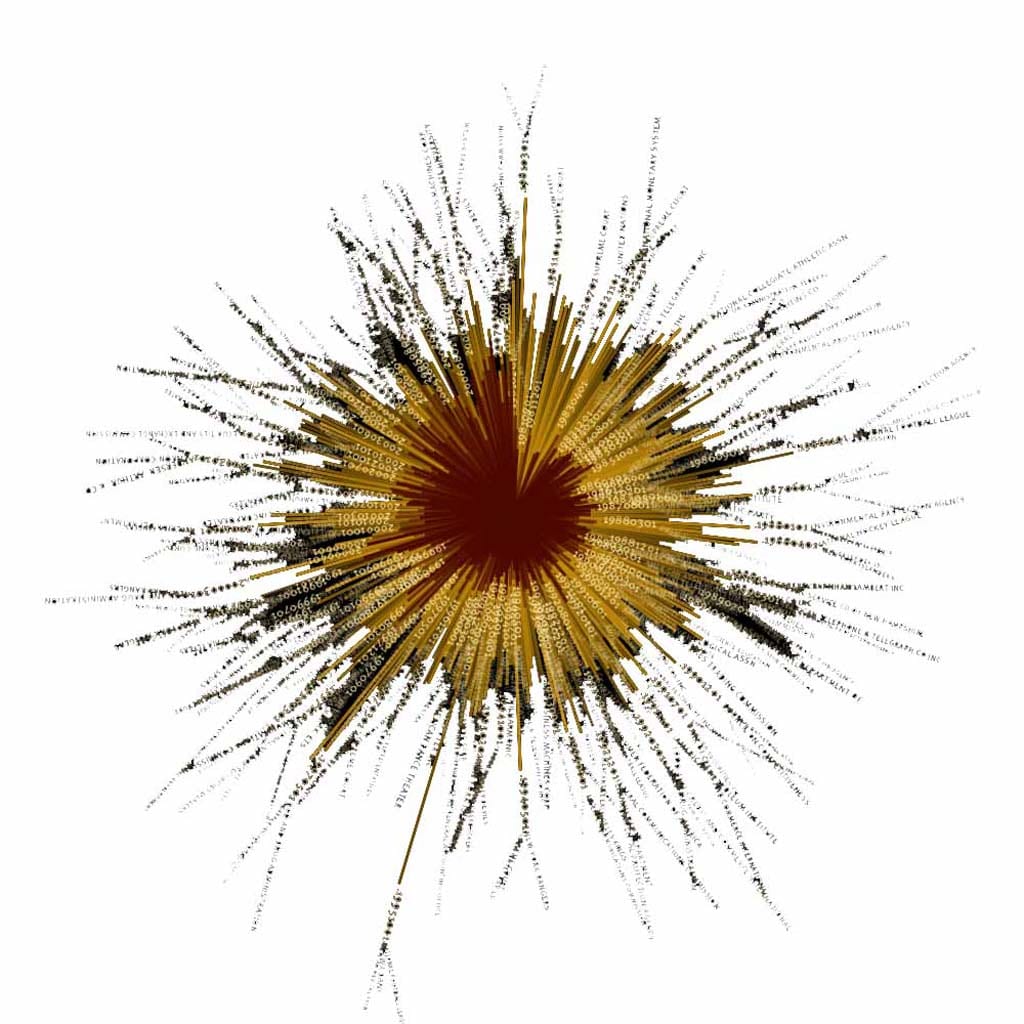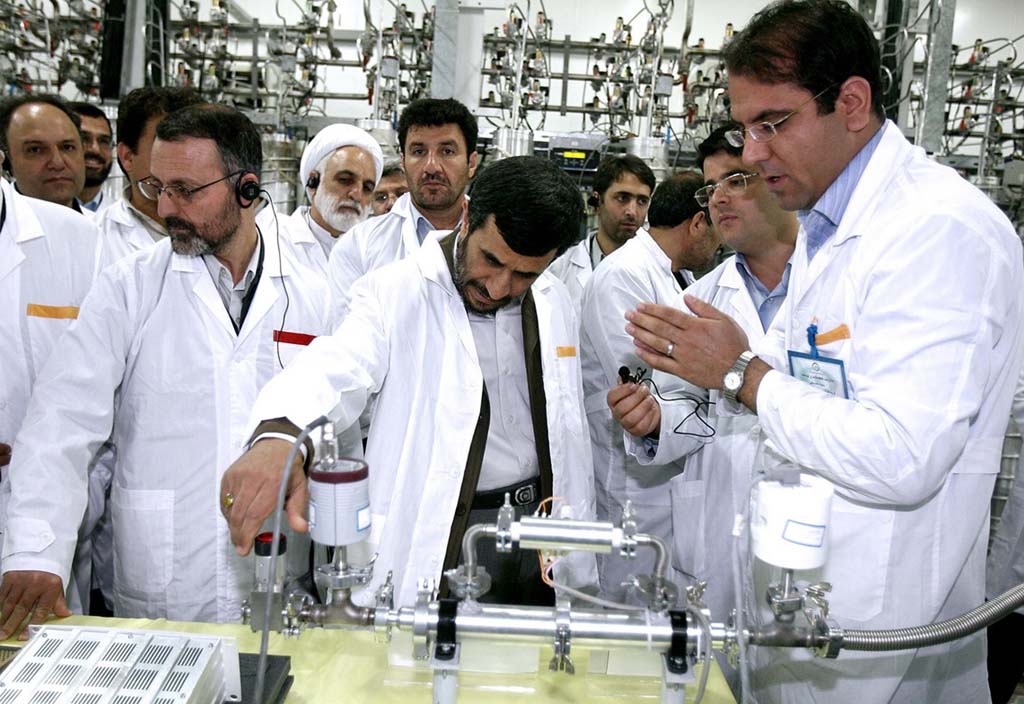“Any customer can have a car painted any color that he wants so long as it is black.”
Henry Ford
Fordism, named after Henry Ford, refers to a modern economic system built on a standardized form of mass production using assembly lines. It was preceded by Frederick Winslow Taylor’s scientific management techniques whose objectives were to improve efficiency and achieve economies of scale. Thereafter, benefiting from standardized production methods, outsourcing models were developed and became a trend to reduce labor costs. As a result mass production became a major factor of international trade.
Three years ago I wanted to produce mouthwash dispensers. They had a simple plastic design but the investment amount for 10 units was nearly the same as 500,000 units. This restrained me from testing the market because there was too much risk to produce without knowing market demand and whether the product would be easily replicable. At the time 3D printing was not popular, but now things have changed.
3D printing is an additive manufacturing method that melts plastic wire to create an object layer by layer. It can produce a variety of products by changing print heads using different types of material including plastic, metal, ceramic, paper and even biological cells. These printers are still in the development stage. Yet according to McKinsey’s analyst reports, the 3D printing industry doubled every year from 2007 and 2011 and its economic impact will amount to somewhere between $230 billion and $550 billion per year by 2025.
Although in the near future 3D printing cannot be used for mass production, it has several advantages over assembly lines. Design can be printed directly from a personal computer and, in turn, the procedure of production becomes as easy as printing a paper. The printer can manufacture various types of objects one after another, and additive manufacturing reduces the material waste. Among these three features, printing different tasks is the most important one because it doesn’t have any additional cost to make something completely different. Although a 3D printer does not offer economies of scale, it does not penalize a change in each individual unit, resulting in a culture of customization.
Until now 3D printing was used primarily for prototyping but with Moore’s law it has reached the tipping point for widespread applications. Since 1980 its performance has improved, costs have reduced, the range of usable material has expanded, software usage has become open-sourced and initial patents have expired. We do not usually hear about such interesting news. According to Wohlers Report 2012, Boeing prints 200 different parts for ten aircraft platforms, Xerox is developing an ink to substitute silicon printing for solar cells and Solar Sinter uses sand to produce glass objects. There are even more interesting projects such as 3D house printing. McKinsey expects 3D printing to have a substantial impact on toys, accessories, jewelry, footwear, ceramics, and simple apparel by 2025. More importantly, 3D printing replaces the culture of mass production with that of customization where individuals may order differentiated products, which is quite different from Ford’s “only black” model. According to Chris Anderson’s Makers: The New industrial Revolution, three major things will be different form the traditional manufacturing: free variety, complexity and flexibility.
Can we say that assembly lines will disappear? Not necessarily. Production, however, will be affected greatly by customization culture and shorter product cycles arising from fast-changing consumer demand. Even if 3D printing fails to facilitate a culture of customization, there is another giant awakening: advanced robotics. McKinsey estimates the usage of industrial robots to take up 15 to 25 percent of manufacturing, packing and construction by 2025. It seems far away but we can see some of the applications today in Tesla’s Fremont factory.
Tesla is using hundreds of Kuka robots to do basically everything by switching arms from welding, gripping to bolt driving. Their most important feature is programmability. Each robot can be programmed to undertake different tasks, and in Tesla’s case different programs produce different models. So what does a programmable factory mean? Does it bring any advantage over assembly lines? Yes! Tesla produces almost everything in-house not only to get advantage of learning curve effects and to reduce transaction costs but also to test newer production methods. Consequently, makers become more innovative, consumers become more satisfied and overall life cycles become reduced. As a result centralized classical factories lose their importance.
Decentralization has been taking place along with customization culture. Sooner or later an individual with a 3D printed prototype will use crowdfunding (such as through Kickstarter) to fund a single Kuka robot to make an in-house production. Maybe it seems utopian but production is shifting towards mass customization and factories will be as printing offices, just a click away. Therefore a good strategy for countries should be to cultivate innovative individuals rather than generating cheap assembly lines because sometime soon labor will have a different meaning in the two-factor trade model.










